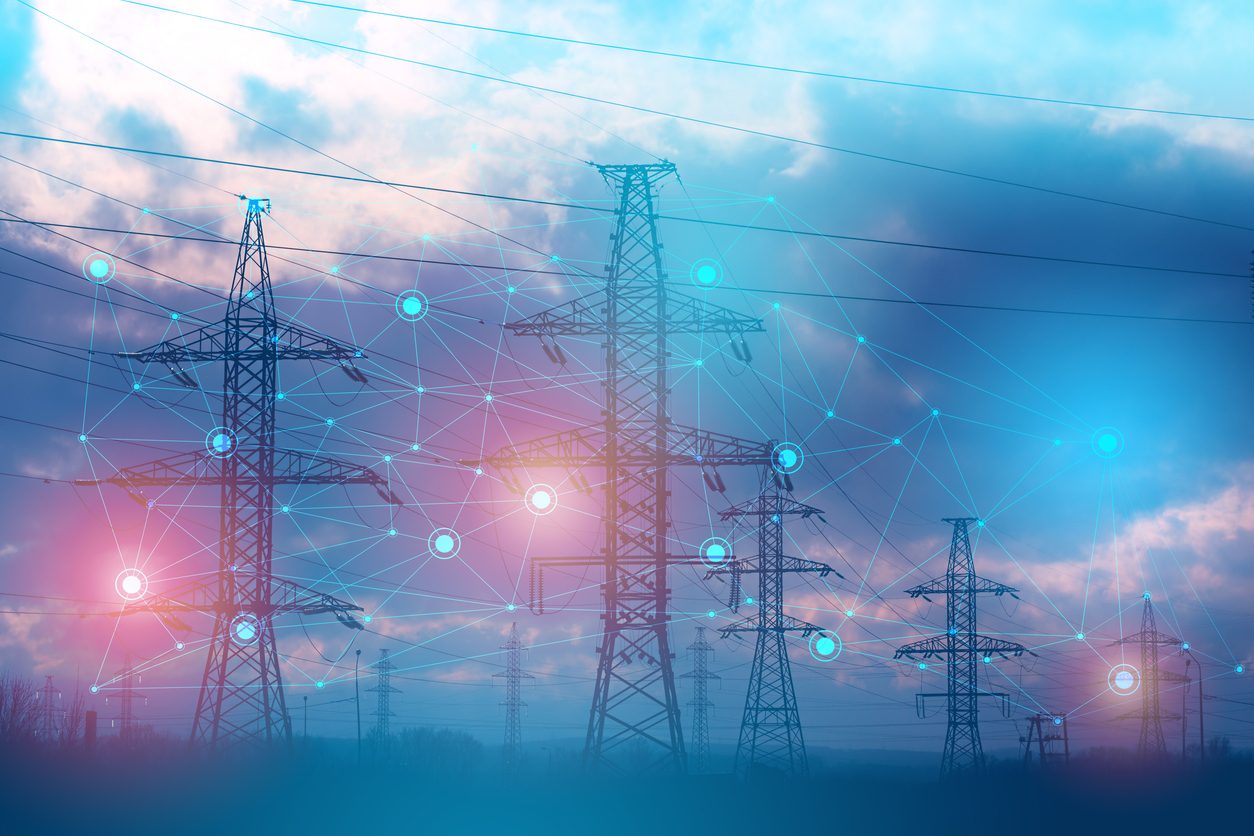(Oil Price) – AI could cause a catastrophic collapse of under-prepared electric grids and walk back advancements in the decarbonization of the tech industry – or, it could be the sector’s saving grace.
Artificial Intelligence requires a stunning amount of energy to train and power its complex computations. As the sector explodes, the computational power necessary to sustain its growth is doubling every 100 days, approximately. Experts project that at a global level, the AI secor alone will be responsible for 3.5 percent of all energy consumption by 2030. In the United States, the energy consumption of data centers by 2030 will be about 9%, about double its current rate, driven in large part by domestic AI growth. These blistering growth rates will have major implications for national and international energy security, greenhouse gas emissions, and the economy.
“When you look at the numbers, it is staggering,” Jason Shaw, chairman of the Georgia Public Service Commission, an electricity regulator, told the Washington Post earlier this year. “It makes you scratch your head and wonder how we ended up in this situation. How were the projections that far off? This has created a challenge like we have never seen before.”
Despite the major and unprecedented challenges that AI poses to power grids, it could also be a key tool for improving them and bringing them up to speed for the electrification era. The United States Department of Energy (DoE) has noted that AI could be invaluable in managing smart grids capable of handling huge inflows and outflows of variable energies like wind and solar, but introduces significant risks if deployed ‘naïvely.’ Furthermore, “machine learning could help electric utilities improve permitting and siting, reliability, resilience and grid planning,” the DoE report posits.
And now, AI is being used to efficiently identify solutions to one of the clean energy transition’s trickiest problems – reliable and cost-effective long-term energy storage. One team of researchers from Pacific Northwest National Laboratory (PNNL) and Argonne National Laboratory have used AI to help narrow down potential combinations of solvents for flow-battery models that are three times more efficient than current models. Instead of using AI to help them conduct more experiments faster, the team used AI technology to rapidly eliminate thousands of potential combinations and narrow in on the ones worth testing out in the lab.
“I’m excited to see the future of collaboration between AI researchers and materials scientists,” said Karl Mueller, a co-author of the study and the Director of the Program Development Office for the Physical and Computational Sciences Directorate. “Accelerating materials discovery is critical to solving energy storage problems.”
In other applications, AI is being used to make battery storage systems smarter through its use in energy demand management, arbitrage (a.k.a. time shifting to match supply of renewable energy with demand), weather forecasting, and predictive maintenance. A number of start-ups have been cropping up in recent years to pilot these approaches, and the fast-growing AI energy storage market is on track to reach US$11 billion by 2026.
These approaches are also being introduced on a smaller scale, within electric vehicle systems, to improve EV energy storage capabilities. “The integration of Artificial Intelligence (AI) in Energy Storage Systems (ESS) for Electric Vehicles (EVs) has emerged as a pivotal solution to address the challenges of energy efficiency, battery degradation, and optimal power management,” reads a scientific paper published in May in Electronics.
All of these advances are extremely promising for stabilizing energy grids in an era of unprecedented strain and rapid growth of electrification coupled with a rise in variable energy sources. However, the risks of increased AI use remain dire, not just in terms of runaway energy consumption and associated greenhouse gas emissions, but also for cybersecurity and use in real-world situations which can sharply diverge from statistical modeling, like extreme weather events.
By Haley Zaremba for Oilprice.com








